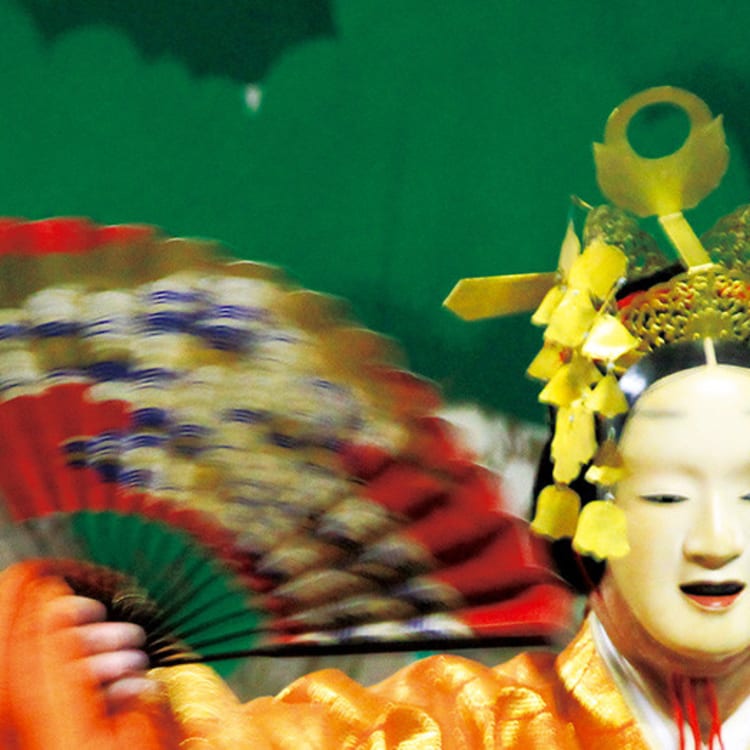
Performing Arts
Performing Arts
Japan’s history of performing arts is as diverse as its many islands, with traditions that stretch back centuries. Lovers of theatre will marvel at the ornate costumes, larger than life characters, physical precision, and stirring musical scores. Japanese theatrical experiences are also lessons in history and architecture, with many performing arts events occurring in purpose-built theatres that have been used for centuries.
Kabuki
Kabuki is one of three major classical theatres of Japan, emerging in the Edo Period and still performed to this day. Those seeking a colourful, energetic example of Japanese theatre would enjoy this traditional art form. Kabuki is not unlike a version of Japanese opera, in that everything is very big, with highly exaggerated performers adorned in extravagant costumes and makeup.
The purpose-built Kabuki theatres are replete with trapdoors for surprise appearances, and a catwalk that cuts a path through the audience so you can see the ornate costumes up close. Like Western opera, Kabuki draws on classic tales of love, intrigue, and betrayal to create their narratives, and is performed in an older version of Japanese that even locals rarely understand, but visitors can often hire headsets with an English commentary so you can follow the story.
Noh
Noh was the first theatrical art in Japan, and one of the oldest surviving theatrical forms in the
world. Established in the 14th century, Noh draws on classic myths and history to present meditative performances with a slow, hypnotic rhythm.
Much of Noh concerns itself with dreams and the supernatural and as such the performances are highly stylised, relying on masks and a deep, slow style of vocal delivery. Since the 14th century, all the performers in a Noh company have been men.
Bunraku
Bunraku is an elaborate form of puppet theatre in which three-quarter-life sized wooden and porcelain figures are masterfully manipulated and seemingly come to life. Like Kabuki, Bunraku draws on classic tales of love, intrigue, and betrayal to create their narratives. While each puppet is controlled by three separate puppeteers, the entire performance is narrated by just one vocalist, who gives voice to every character.
Geisha and Maiko
The theatre is not the only place visitors can experience Japanese performing arts. One of the most recognisable symbols of Japanese culture, the geisha, and their younger apprentices known as Maiko, are trained in Japanese cultural arts such as tea ceremony and flower-arrangement, traditional song and dance, and musical instruments. They typically entertain guests with dance, musical performances, and artful conversations in ochaya, or tea houses, as well as Japanese-style restaurants.
Within the walls of the very private ochaya, exquisite Japanese banquets usually accompany every geisha performance. When they are not singing, dancing or playing musical instruments for their intimate gathering of guests, the geisha’s utmost priority is making everyone feel comfortable. While ochaya can be found in several areas across Japan, those in Tokyo, Kyoto and Kanazawa are most likely to welcome international guests to this exclusive world.




























































